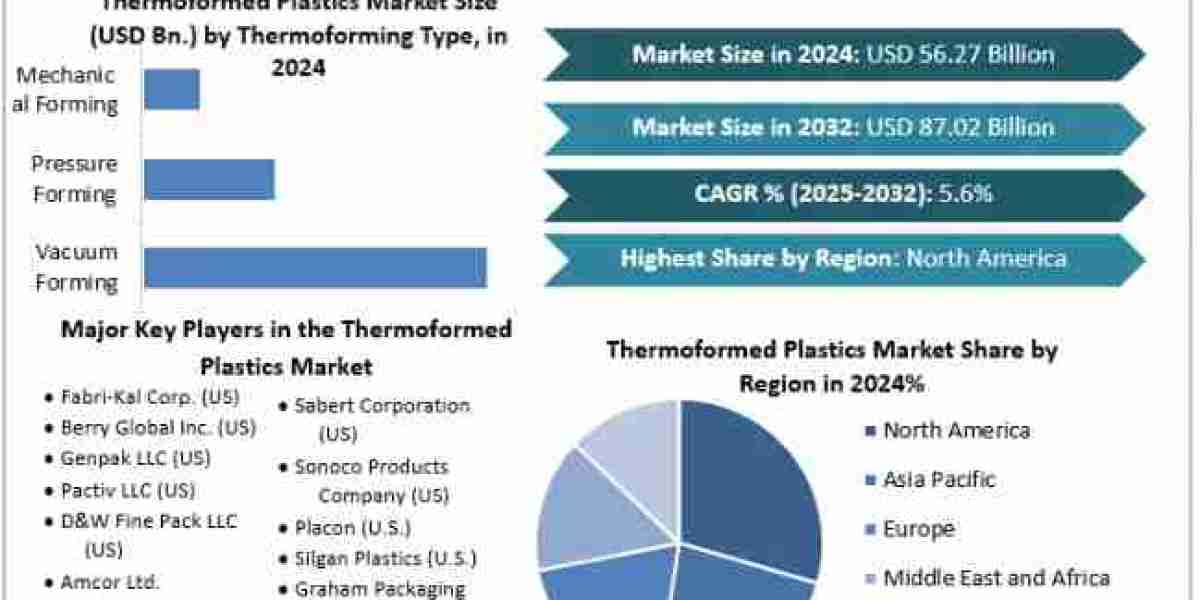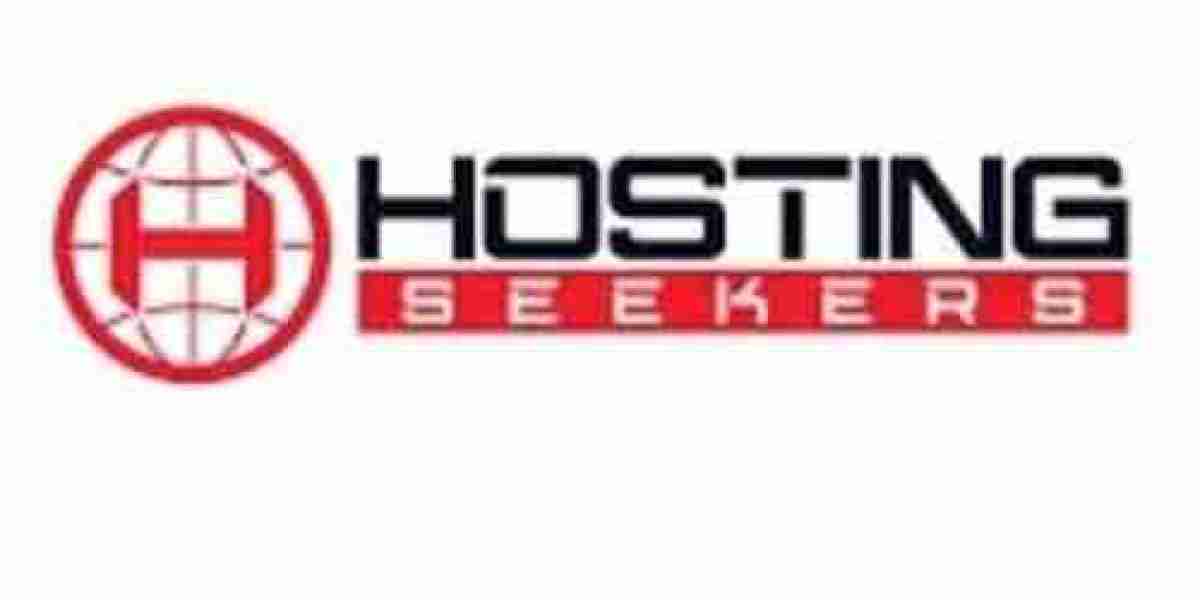The Vapor Barrier Films Market is expanding rapidly due to increasingly stringent regulations focused on energy efficiency, building safety, and environmental compliance. From residential projects to large-scale commercial infrastructure, vapor barrier films have become essential components for meeting code requirements and ensuring long-term structural integrity.
Regulatory Landscape Driving Market Demand
Building codes and safety regulations are no longer just recommendations—they are mandatory frameworks shaping construction and material choices. Governments and international bodies have tightened regulations related to moisture control, insulation performance, and air quality, all of which directly impact the specification and use of vapor barrier films.
Key Regulations Influencing the Market:
International Building Code (IBC): Requires vapor retarders in climate zones where condensation can occur in wall assemblies.
ASHRAE 90.1 and 62.1: Standards related to energy efficiency and indoor air quality, often referenced in U.S. codes.
European Energy Performance of Buildings Directive (EPBD): Promotes nearly zero-energy buildings, increasing demand for moisture-tight building envelopes.
Canada’s National Building Code: Mandates continuous vapor barriers in high-humidity regions.
India’s Energy Conservation Building Code (ECBC): Requires thermal and moisture performance in building envelopes.
These regulations emphasize the use of high-quality vapor barriers to prevent mold, structural damage, and energy loss—making them integral to compliant design and construction.
Moisture Management as a Safety Concern
Moisture infiltration is not just a matter of comfort or energy efficiency—it can be a serious safety hazard. Poor moisture control leads to:
Mold growth that compromises indoor air quality
Deterioration of structural components such as wood, insulation, and drywall
Electrical system failures due to condensation buildup
Compromised fire resistance in wet insulation materials
As a result, building inspectors and architects now treat vapor barrier selection as a safety-critical decision, not merely a design preference.
Role of Vapor Barrier Films in Code Compliance
Modern vapor barrier films are engineered to meet or exceed regulatory thresholds for water vapor permeability, fire resistance, and thermal performance.
Key Features Supporting Compliance:
Low Perm Ratings: Advanced films achieve ratings below 0.1 perms, suitable for even the most moisture-sensitive applications.
Class A Fire Ratings: Some films meet fire-resistance codes for use in occupied and high-risk structures.
LEED and BREEAM Alignment: Eco-friendly films support sustainable building certifications.
Durability and Aging Resistance: Films designed to maintain properties over decades help buildings stay compliant throughout their lifecycle.
Manufacturers often test their products according to ASTM, ISO, and EN standards to ensure consistency and trust among builders and inspectors.
Global Market Response to Regulatory Trends
In response to tighter regulations, vapor barrier film manufacturers are expanding their offerings, improving technical specifications, and educating customers on proper installation.
Regional Examples:
North America: Emphasis on air-tightness and continuous insulation in cold and mixed climates is boosting vapor barrier use in retrofits and new builds.
Europe: Widespread push for Passive House standards and NZEB (Nearly Zero Energy Buildings) encourages high-performance vapor barriers in both residential and commercial construction.
Asia-Pacific: Rapid urbanization and government-led housing schemes demand materials that meet energy and moisture control codes.
Middle East & Africa: Harsh climates and growing awareness about indoor air quality are driving demand for code-compliant barrier systems.
Application Areas Shaped by Regulation
Vapor barrier films are being adopted in diverse sectors where compliance is mandatory:
Construction
Building envelopes in walls, roofs, and foundations must now include vapor barriers to comply with updated codes and pass inspections.
Packaging
In food and pharmaceutical packaging, barrier films must meet moisture permeability standards set by agencies like FDA and EMA to ensure product safety.
Healthcare and Cleanrooms
Strict humidity and air quality regulations demand the use of high-performance vapor barriers to protect sensitive environments.
Automotive
As vehicle electronics become more advanced, vapor control within cabins and electronic compartments is subject to stricter quality checks and standards.
Role of Certification and Third-Party Testing
Certifications serve as proof of compliance and a competitive advantage. Leading manufacturers are investing in:
ASTM E96 testing for water vapor transmission
FM Approvals and UL Listings
VOC certifications for low emissions
Life cycle assessments (LCAs) to validate sustainability claims
These third-party validations assure builders, regulators, and consumers that the films meet necessary criteria.
Industry Collaboration and Knowledge Transfer
Construction firms, architects, and manufacturers are increasingly collaborating to ensure code-compliant installations. Training programs, technical guides, and on-site consultations are helping stakeholders:
Understand code requirements for specific regions
Select the right film type for climate and project type
Avoid compliance issues due to improper installation or product mismatch
The Future of Compliance-Driven Growth
As global regulations continue to evolve, vapor barrier films will play an even more prominent role in construction, packaging, and industrial sectors. Expected developments include:
Integration with sensors to monitor moisture and structural integrity in real time
Greater demand for pre-certified materials to speed up approvals and inspections
Standardization across regions to simplify global project coordination
Advanced simulations and modeling tools to test barrier performance before construction begins
Conclusion
The vapor barrier films market is being transformed by stringent building codes and safety regulations worldwide. These rules are not just reshaping how buildings are constructed—they’re influencing the materials, technologies, and systems used within them. For manufacturers, builders, and architects, staying ahead of regulatory trends and delivering compliant, high-performance solutions is no longer optional—it’s essential.




